Children of ‘Rare Parents’ Give Me Hope
Written by |
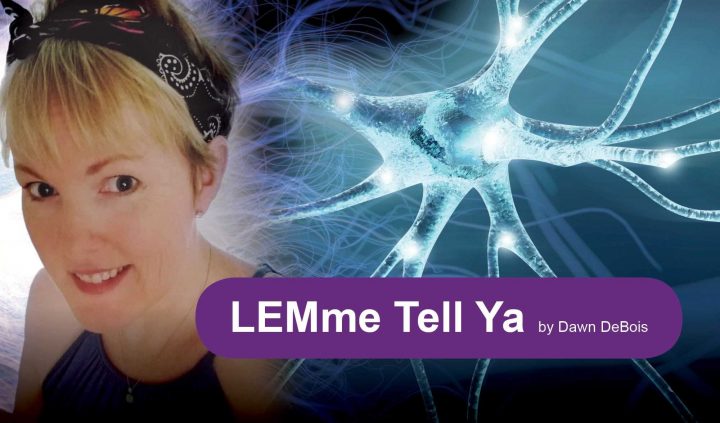
One of the first Lambert-Eaton myasthenic syndrome (LEMS) patients I had the pleasure of meeting in real life was Romy Braunstein.
Romy is taller than me, which is no small feat because I am pushing 6 feet. Her personality is larger than life, and her sense of humor has everyone in stitches wherever she goes. Romy is a living reminder that laughter is indeed the best medicine.
Romy never complains about her pace, which is dictated by LEMS. Instead, she focuses on telling a funny story, putting one foot in front of the other. Whenever someone gives her a questioning look, Romy says, “I’m built for comfort, not for speed.”
Romy is fiercely proud of her daughters. Helen and Zoe are in their 20s, but they frequently attend rare disease conferences with their mother. Helen is a nursing supervisor at a psychiatric hospital in Philadelphia and Zoe is a senior honors student at Arizona State University.
I had the opportunity to attend last year’s RARE Patient Advocacy Summit. Over 750 rare disease patients gathered for educational sessions and networking. I spent time with LEMS patients, advocates, and their families, and also had the opportunity to meet Romy’s two beautiful daughters.
One of my conversations with Zoe was particularly eye-opening. After asking quite a few questions about LEMS, she said, “Dawn, it is so neat talking to you. Without even realizing it, you are telling me things about LEMS that I witness in my mother’s life every day. Other than my mother, you’re the first LEMS patient I’ve met.”
I realized at that moment why Romy’s daughters are so protective of her. They’ve never known anyone like her. They had no one to talk to other than their parents that could make sense of LEMS.
It must be hard for a child to understand the fluctuating nature of LEMS. However, Zoe and Helen are mature beyond their years. They’ve learned to weather the disease and predict when their mother will need them.
Zoe and Helen are inspired by their mother’s determination. In fact, Zoe’s college essay was on Romy’s grit. She wrote, “My mother is living proof that it is possible to have a disability, to still be a successful person, and have a high quality of life. People associate disabilities with weakness, but in fact, my mother’s disability made her the strongest woman I know.”
As “rare parents,” it is easy to wonder what our children have missed out on because of our illness. However, as Zoe and Helen have shown us, our children are learning the greatest lesson of all: Life may not be fair or easy, but we can still thrive and make the most of what we have.
***
Note: Lambert-Eaton News is strictly a news and information website about the disease. It does not provide medical advice, diagnosis, or treatment. This content is not intended to be a substitute for professional medical advice, diagnosis, or treatment. Always seek the advice of your physician or other qualified health provider with any questions you may have regarding a medical condition. Never disregard professional medical advice or delay in seeking it because of something you have read on this website. The opinions expressed in this column are not those of Lambert-Eaton News or its parent company, Bionews Services, and are intended to spark discussion about issues pertaining to Lambert-Eaton myasthenia.



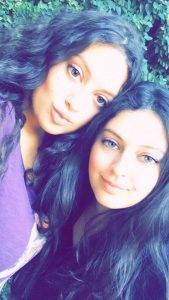
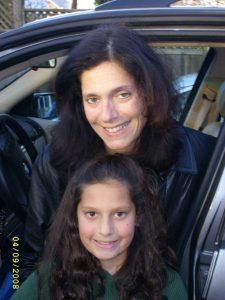
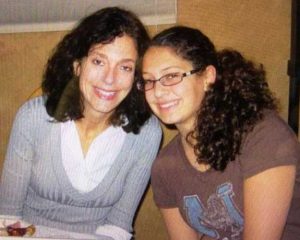
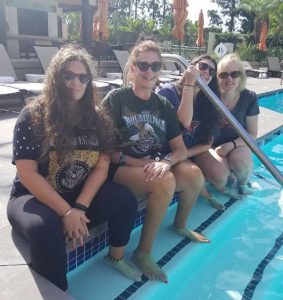


Leave a comment
Fill in the required fields to post. Your email address will not be published.